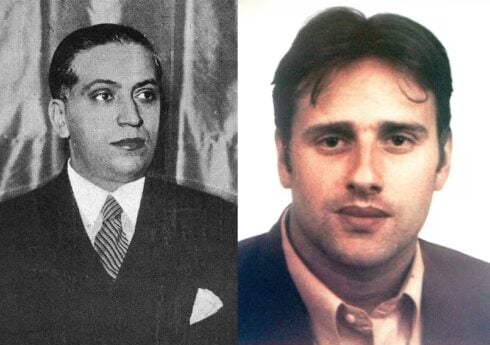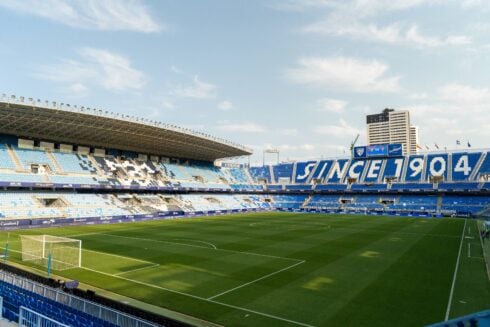By Eloise Horsfield
IF it hadn’t been for the English, their dead bodies might have been shoved in the sand and left to the dogs – as was customary for non-Roman Catholics in Spain.
But thanks to Malaga’s English Cemetery, built in 1831, the 41 Germans killed in a 1900 shipwreck were granted dignified deaths.
Now new documentary The German Bridge tells the tale of the Gneisenau, a Navy corvette which crashed into rocks in the Bay of Malaga on a fateful December day.
Spanish director Jaime Noguera, remembers how a number of brave Spanish residents went to their aid. His own grandfather was one of the Malaguenos who jumped into the sea to save the drowning.
“It’s almost a personal thing for me,” he said. “My dad used to tell me the story and it became a bit of an obsession.
“I wanted to present it to young people in an educational way so it does not get forgotten.”
As well as recognising the stories of the Malaga residents who cared for the dying – with many turning their houses into makeshift hospitals – Noguera also hopes to dispel certain myths about the wreck.
“Until now, the story has been poorly researched and even Malaguenos don’t know much about it,” he added.
The film is named after Malaga’s Santo Domingo Bridge which was given to the city in 1907 by Germany as way of thanks.
For his efforts, Noguera even received a letter of moral support from German Chancellor Angela Merkel, ‘although we would have probably preferred a few euros so we could have finished the film earlier!’ he joked.
The German Bridge will be shown at the Spanish Film Festival on April 21-28 in Malaga.
Click here to read more News from The Olive Press.





